Basic Watch Anatomy
It’s easy for us at TimesTicking—and folks in the watchmaking world generally—to take for granted the wealth of jargon that we’ve learned when dealing with watches. Drawing from that note, we’ve decided to go over some basic terms to arm anyone who might not be familiar with industry lingo. So if you desire to sound a little more educated the next time you’re in less time-inclined company, are just learning how to speak watch, or simply like learning something new about timepieces, then keep your eyes peeled through the rest of this post. For veterans this may act well as a refresher—or a way to reflect on the basic language surrounding watches.
The Case: The Frame For it All
We’re taking on the bulk of the anatomy to start: The watch case. The case is home to all of the parts of a watch—it is home base. Within are the guts that make a watch a watch. Ahead we’ll cover the parts of the case, including any pieces attached to it, as well as what’s inside. We will save anything concerning the watch band for after this section.
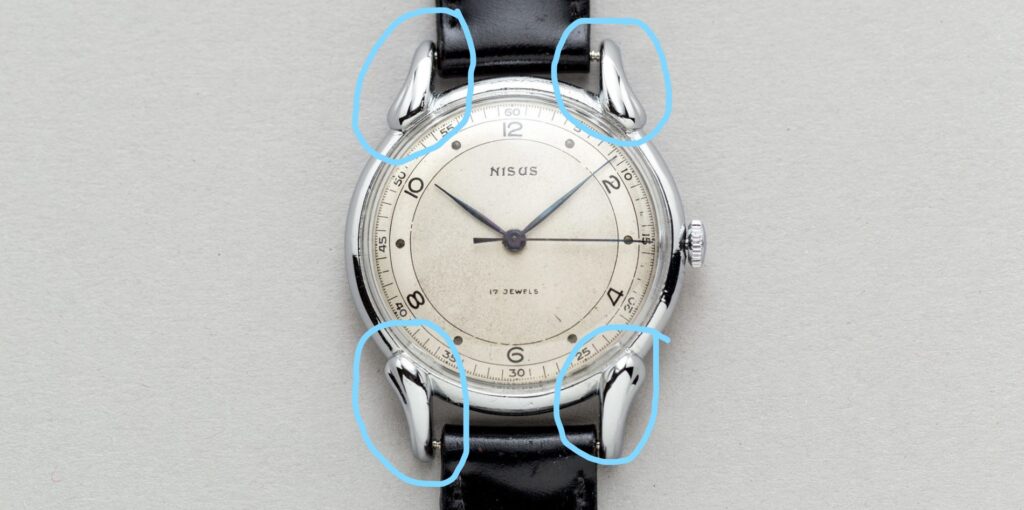
–Lugs: This part of the watch case is used to hold the band in place. They come in varying styles but typically look like four prongs/arms extending from the main body of the case. Screws, spring bars, flanged pins, and other materials are attached to the lug to hold a band, strap, or bracelet onto the watch
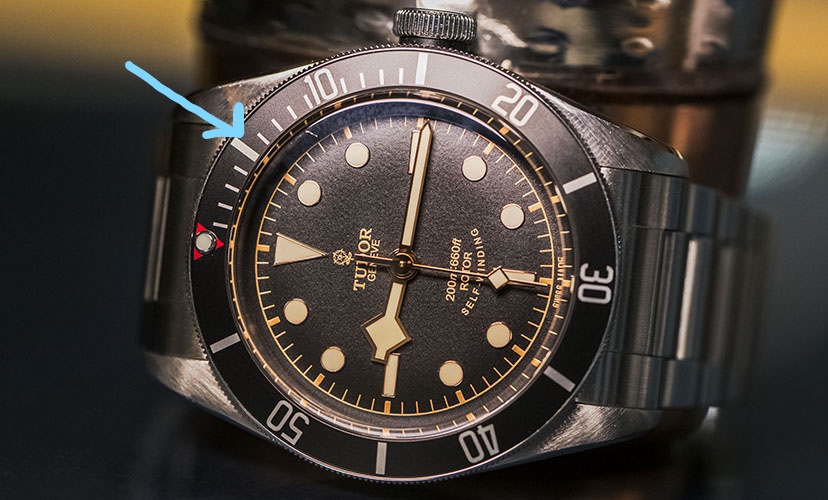
–Bezel: A watch bezel is a ring on top of the case that surrounds the watch crystal (if “crystal” sounds strange, it’s coming up next). Bezels can be made out of various materials but are typically made of metal. Some are stationary—functioning simply as a way to hold the crystal in place, but there are unidirectional and bi-directional rotating bezels. Rotating bezels are usually used for secondary functions like tachymeters (we have a supplementary post available if you’re curious about tachymeters).
–Crystal: “Case” does not include the watch crystal. A watch crystal is any material (typically a quartz glass crystal) that covers the watch dial. Crystals can be cut to varying shapes but tend to be round and held in place—fully or partially—by a bezel.
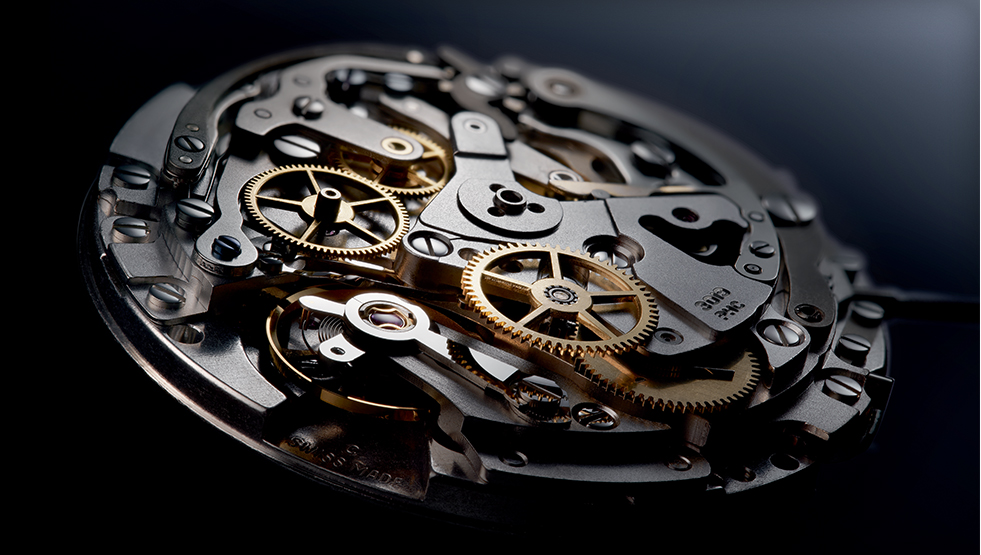
–Movement: These are the guts of a watch. The case houses a watch movement—thus making it a complete watch. Movements have their complexities, but they can be broken down into two general categories: Mechanical or Quartz. Mechanical movements run on gear trains and the power of a wound-spring mechanism. Quartz movements use batteries—or electronic power sources—to vibrate a tiny quartz crystal to create energy and tick. Instead of gears, Quartz use a circuit board. The watch case is universal to housing the movement. Otherwise watches would be far less portable.
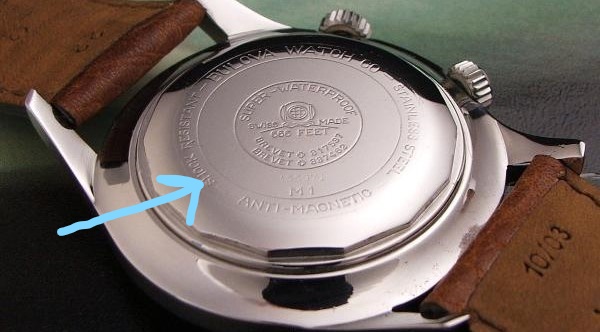
–Case Back: Case backs are the main entrance to a watch. They are a detachable piece—threaded or popped in place—that allows for access to the watch’s movement. The case back is removed for battery changes and for simple mechanical adjustments on a watch. It can be tricky to get them off/get them back on, so be sure to consult a watchmaker concerning basic maintenance. Case backs often feature the watch’s model number, which is handy concerning anything outside of general upkeep on a watch.
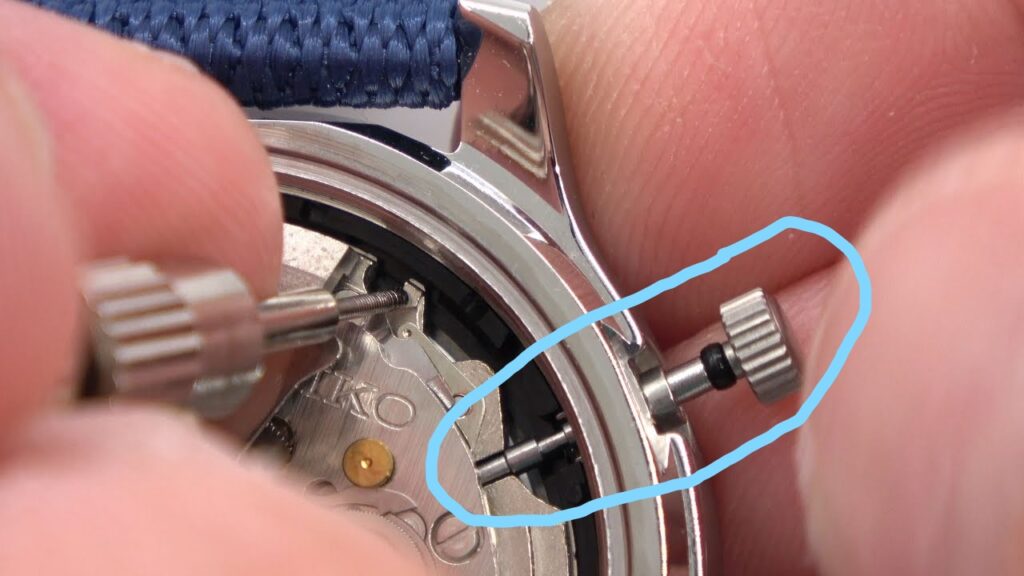
–Stem and Crown: The stem and crown are a package deal. Stems are married to the movement and are used to wind a mechanical mechanism and/or set the hands. The crown attaches to the end of the stem for engaging the stem’s functions. Watch crowns appear on the outside of the case but they are an extension of the stem. Without the stem and crown watches are difficult or impossible to set or wind. What’s a king/queen without a crown?
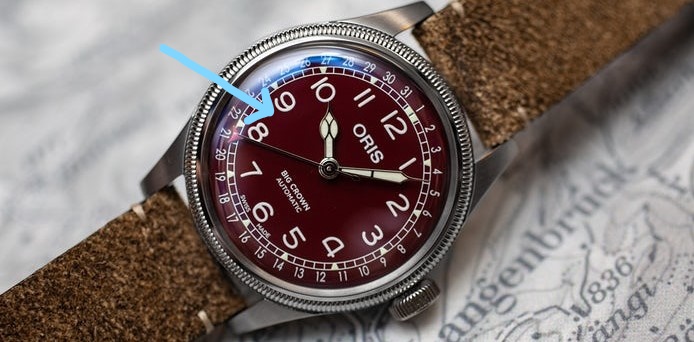
–Dial: The dial is the display for the time. Dials are fixed to the movement and are marked with notches, numbers, etc…to determine not only time but any other readouts. Sub-dials are often applied to watches with secondary date and stopwatch (chronograph) functions. Dials are protected by the watch crystal. The time they display is commonly set/manipulated via the stem and crown.
–Hands: Watch hands appear on the dial and are also connected to the movement. They rotate around the dial, in time with the tick of the movement. If the dial has no markings there are likely still hands attached to mark the time. The three main hands are the second, minute, and the hour hand. However, depending on other movement functions, there can be more on the dial/sub-dials. As well, some watches will have only one or two hands—this is a stylistic choice by the watchmaker.
The Band
Now that we’ve covered the case, the lugs of the case, the crystal, the movement, and all of the movement’s primary attachments—we’re moving on to bands! This is a much simpler category. Bands themselves attach to a watch case at the lug. Bands aren’t necessary in defining a watch—but since most modern watches are wristwatches this category has been included in the basics. The two types we’ll be covering here are metal bracelet bands and non-metal straps.
-Metal Bands: We’re not talking about music, to be clear. Metal bands are just as they sound—metals in bracelet form attached at the lug to keep things on one’s wrist. An important term when talking metal bands are the links.
-Links: These are metal segments, often held together by pins, that combine to create a metal band. What ties all of these links together—at the center of the band—is the band’s clasp.
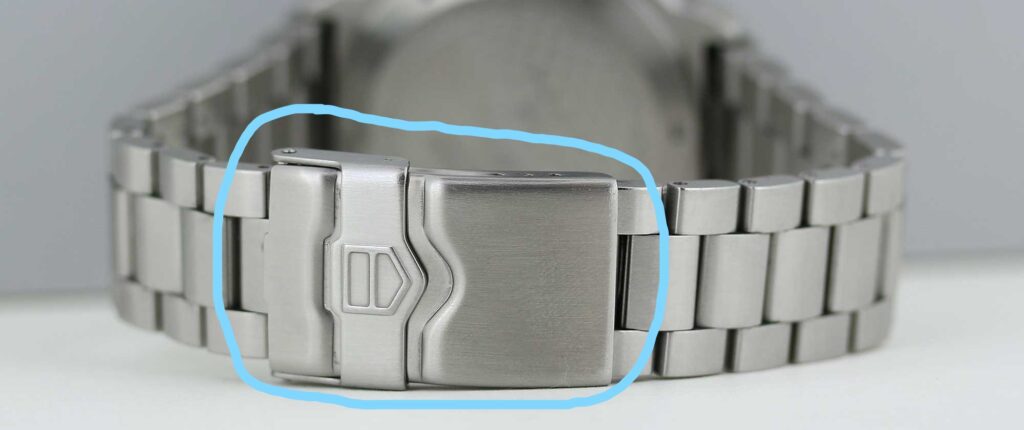
-Clasp: The clasp literally clasps together to hold a metal bracelet band on the wearer’s wrist. Since metal is hard to slip off or on, this portion of a metal band makes putting a band on, or taking one off, easier.
-Cuffs: Some metal bands have shaped metal cuffs that attach to the lug. Some cuffs stand alone while others have links attached to them. A popular cuff band that combines a cuff and links is a Southwest style watch band.
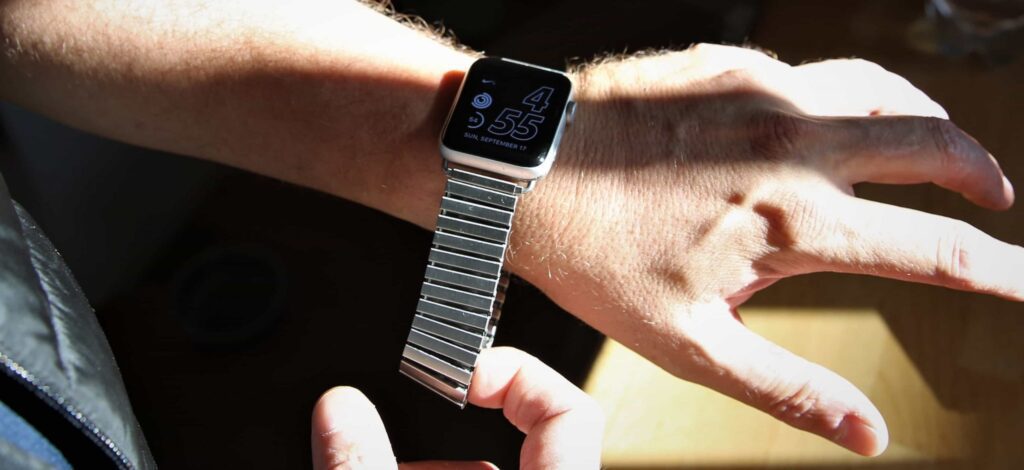
-Expansion: An exception to metal bracelet bands are expansion bands. On expansion bands the metal links stretch out—for an ease of placing the watch on one’s wrist (just mind your arm hairs).
-Non-Metal Bands: These bands are often referred to as straps. They are typically made from cow leather but can alternatively be made from a variety of materials. Their construction is a bit simpler than metal bands—typically—but they can be decorated in unique ways. Because of their two-piece design, with one half of the strap on the top lug and the other half on the bottom lug, they require a buckle to be held together.
-Buckle: A strap’s buckle is attached to the top portion of a non-metal band. It’s usually made of metal or plastic. It gives the bottom portion of the strap something to hold on to. The bottom portion will have holes/notches for a small bit to go through. The small bit attached to the buckle then holds the strap in place, after the bottom portion is slipped through.
Basics Complete
Thank you for taking the time to sit down with us on the basics. Hopefully this post has served you in understanding watches a little bit better. Keep a lookout for any new info we post. Aside from the brass-tacks, we cover/will cover more watch anatomy in the future—as well as any-and-all things watch related—right here in the TimesTicking blog.
Times Ticking has been in operation for more than 30 years, since 1982. We have performed watch repair for customers both locally and internationally. If it Ticks! We KNOW it! Our team of watch repair technicians have a combined experience in watchmaking of over 120 years.

